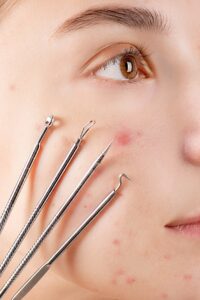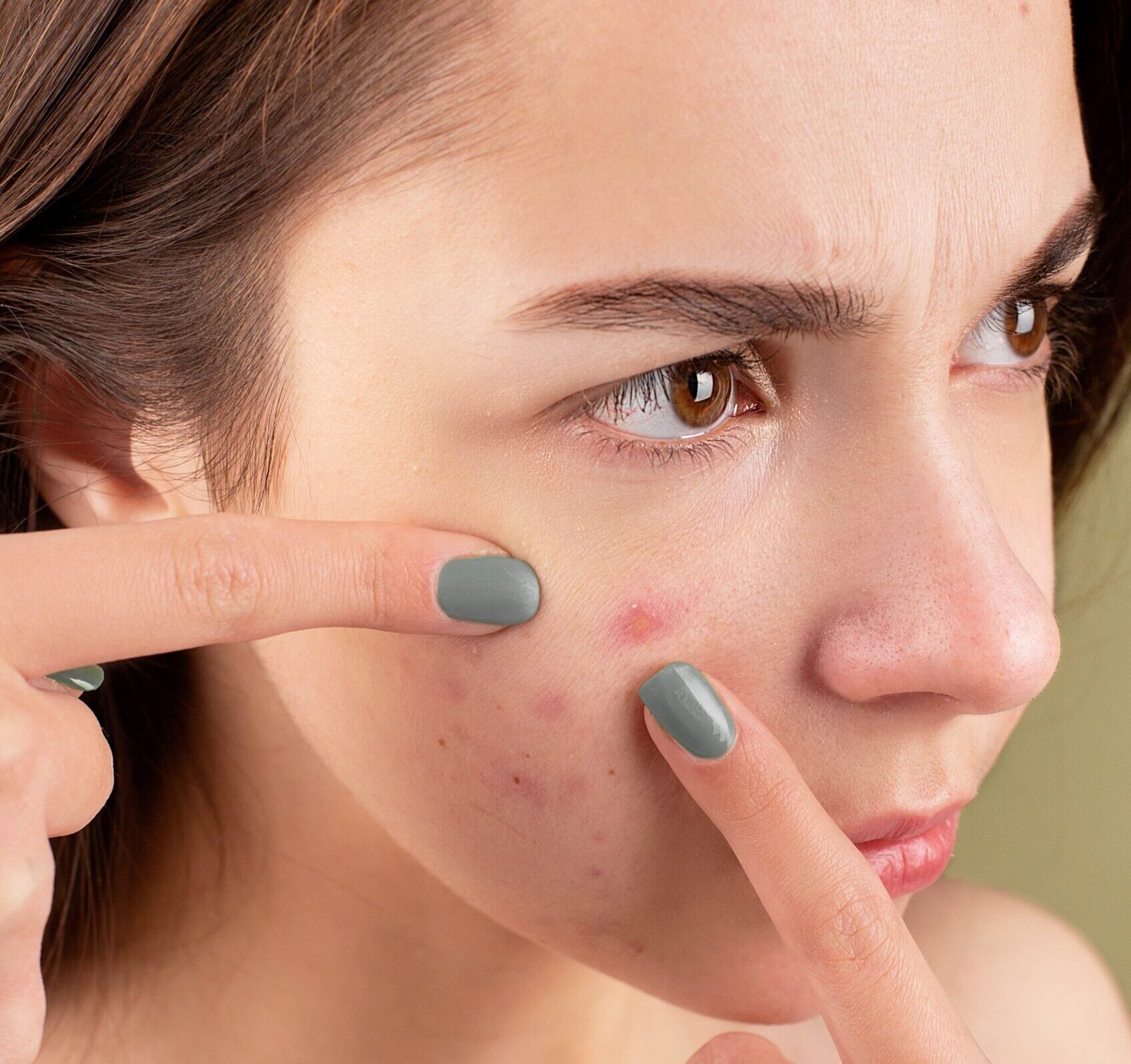Fungal infections and acnes are a menace to living entities, especially in monsoon times. Fungal Acne isn’t like regular acne. It doesn’t respond to the customary treatments that you apply for acne. Pityrosporum folliculitis is a condition commonly known as fungal acne. It has a lasting effect on the skin and damages the skin a great deal.
Though it might look like normal acne, it is totally different and is an outcome of the infection by the harmful fungus called Malassezia furfur. It can be a part of the regular came or exist independently as a skin infection. Coming from infection from yeast, it most possibly could worsen as a result of the regular treatment if done for long. Hence, it is imperative of identify the cause and try the right approach of treatment for fungal acne.
What Is Fungal Acne?
Fungal acne is a form of acne spots caused as a result of the growth of yeast called Malassezia furfur. This yeast is basically found on everyone’s skin. The spacious glands secrete sebum, which is oil on the skin. This sebum can cause the fungus to grow around the hair follicles. It grows around the hair follicles and causes inflammation as a result. This further leads to the development of spots on the skin and this is called fungal acne. Though developed externally, this issue is not communicable and is not an indication of any sort of hygiene-related issues.
What does fungal acne look like?

Fungal acne looks Like small, red bumps filled with pus emerging from the hair follicles of the skin. Since it is quite difficult to separate the symptoms of regular acne from fungal acne, we have created a list of fungal acne symptoms that you can use to assure.
What causes fungal acne?
Fungal acne can be caused by a variety of reasons. Unlike the regular acne that you get, fungal acne doesn’t emanate as a result of bacteria, oils, and pores. It has more to do with the growth of yeast on the skin. But it is imperative to note that sebum and dirt do play a significant role in the composition of fungal acne.
Interestingly, the yeast that is the sole reason for the development of fungal acne is always present on our skin. Then how is it that it suddenly gets upset and causes fungal acne? Our body has the ability to balance the amount of these years, bacteria, and oil on our skin. But, the problem begins when this natural balance gets disturbed. Here are some reasons that can possibly lead to this imbalance:
-
Trapped moisture:
Trapped moisture in your skin for long periods can cause acne. Be it sweaty clothes, moist clothes, or staying in a humid area, All these can cause fungal cane if the moisture persists on the skin. Long exposure to sweaty workout clothes can lead to fungal came over the body.
-
Medication:
-
Oppressed immune system:
-
Diet:

-
Tight clothes:

How to get rid of fungal acne?
Fungal acne treatment is essentially different from regular acne treatments. To treat fungal acne, anti-fungal and anti-yeast treatments are required. Basic treatment of cold includes the usage of antifungal lotion or powder on the infected area. You need to take the help of a medical professional if the issue has risen to a significant outbreak. Your physician might hand you some anti-fungal oral medications to treat the infection. In addition to this, there are some lifestyle changes that you need to make to treat fungal acne.
-
Shower on regular basis:

-
Do not wear body-hugging clothes all the time:
-
Try a different body wash:
-
Use antifungal treatments that are over the counter (OTC):
-
Oral medicines can also be taken for the treatment of fungal acne:

We just had an extensive discussion on white a commonly growing issue these days. With monsoons around the corner, you often might come across certain types of fungal infections on your body. It is interactive to stay alert, adopt preventive measures and take care of hygiene and health to avoid contracting fungal acne. Follow the steps that we’ve discussed and you’re good to go!
See More:

